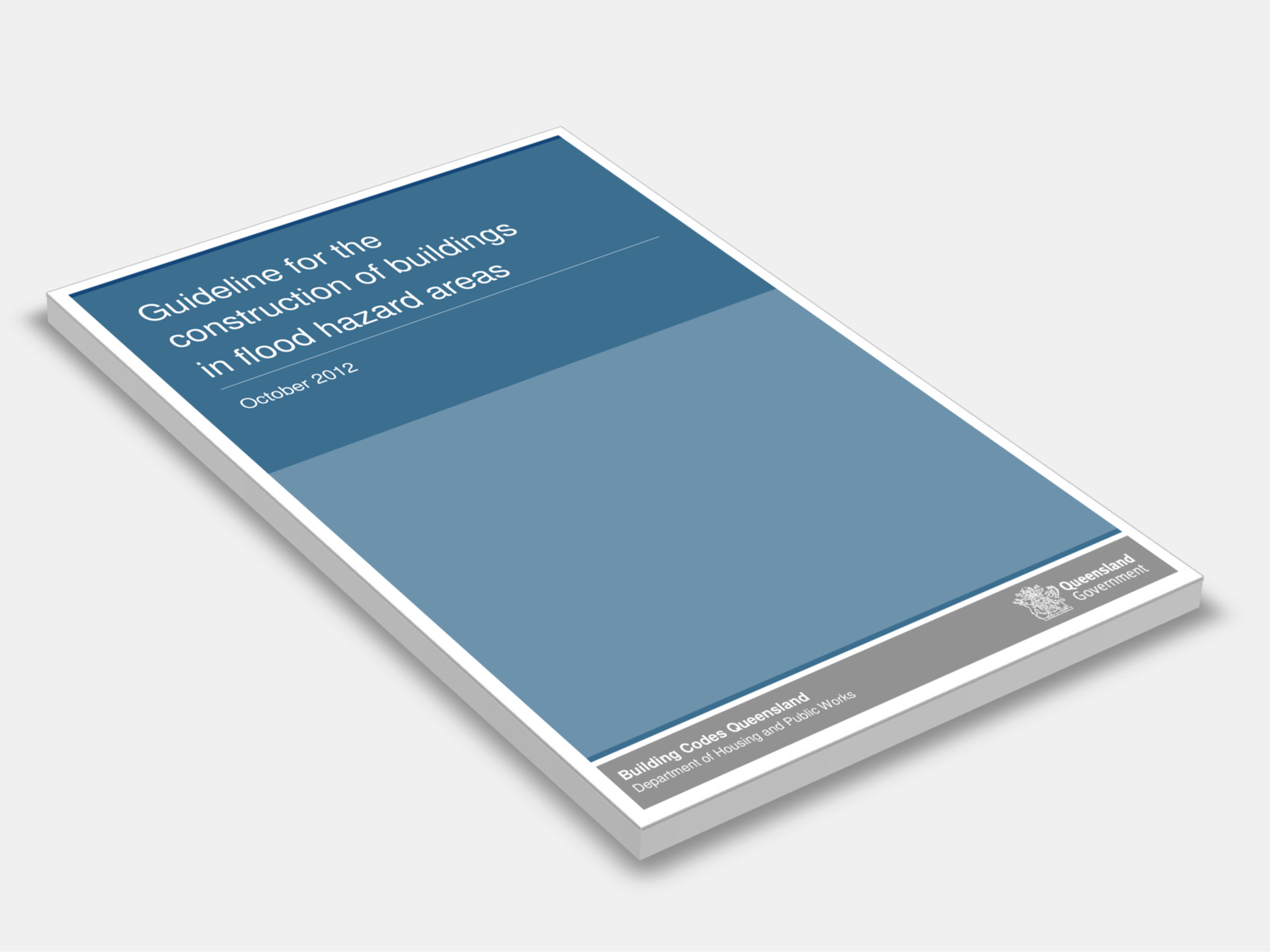
Type
Publisher
Queensland Government
Publisher
Queensland Government
Version:
2012.
(Current)
Short Description
Assists homeowners, building professionals and local governments in understanding the new part of the Queensland Development Code (QDC) for construction of buildings in flood hazard areas.
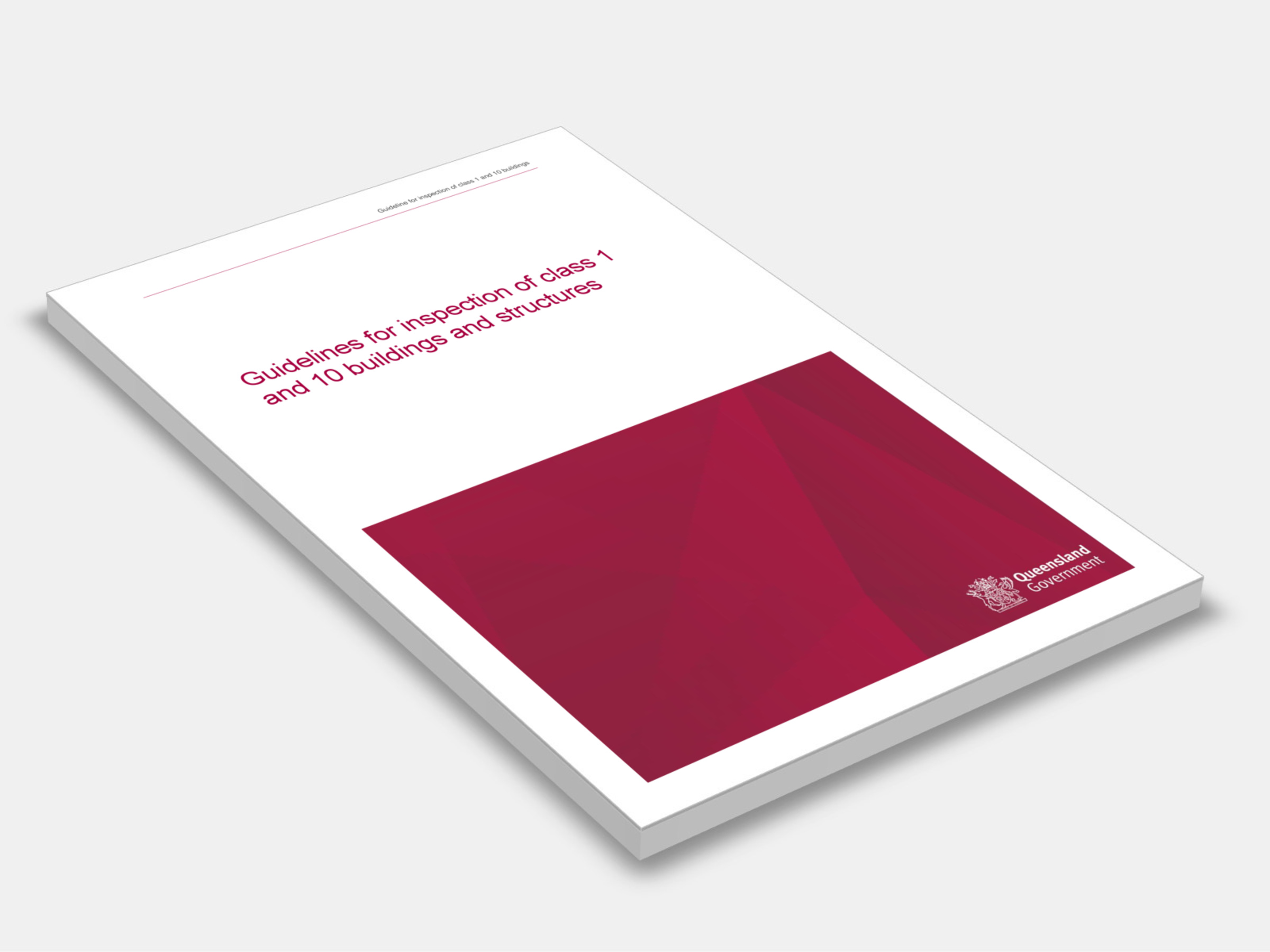
Type
Publisher
Queensland Government
Publisher
Queensland Government
Version:
2020.
(Superseded)
Short Description
The scope of these guidelines is limited to inspection of class 1a buildings and class 10 buildings and structures; a building certifier may consider the guidance provided under the risk matrix of the inspection guidelines for class 2-9 when performing certification functions for building work associated with a class 1b building.
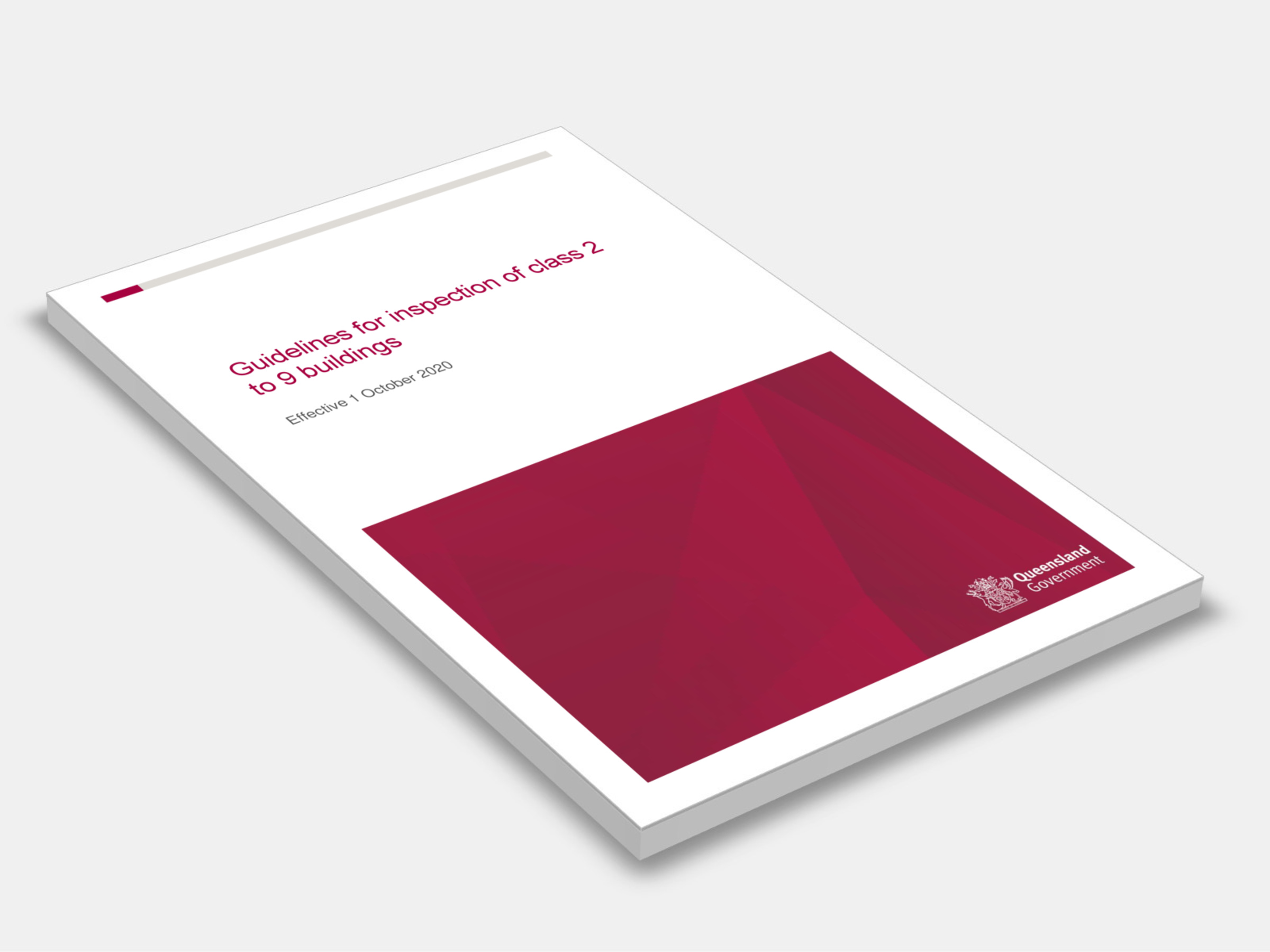
Type
Publisher
Queensland Government
Publisher
Queensland Government
Version:
2020.
(Current)
Short Description
Provides building certifiers guidance on how to meet their responsibilities for sufficient inspections under the Building Act 1975 (BA) and the Building Regulation 2006 (BR).
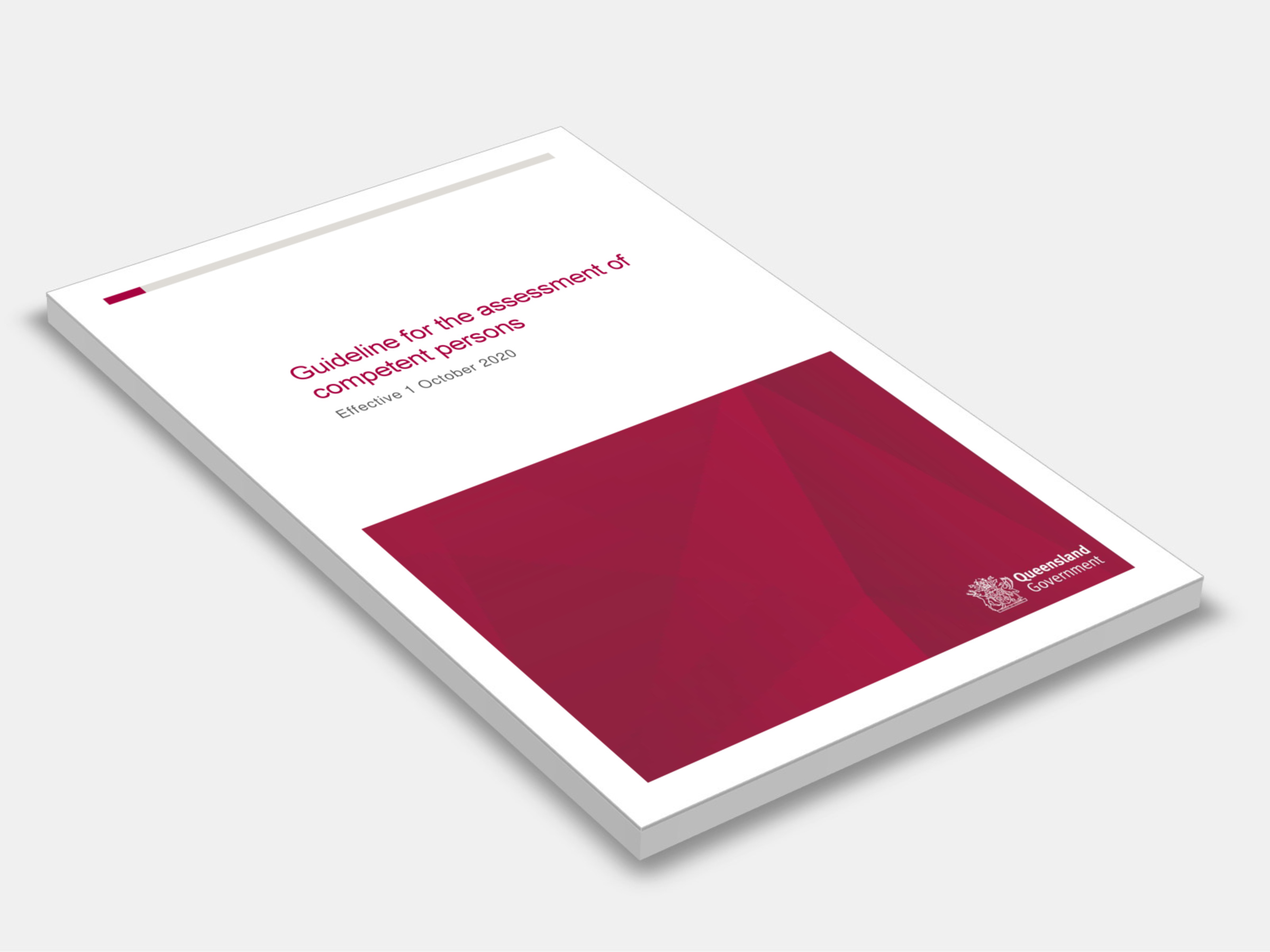
Type
Publisher
Queensland Government
Publisher
Queensland Government
Version:
2020.
(Current)
Short Description
Provides guidance for a building certifier assessing an individual as competent to perform certification functions that help the certifier perform building certification functions.
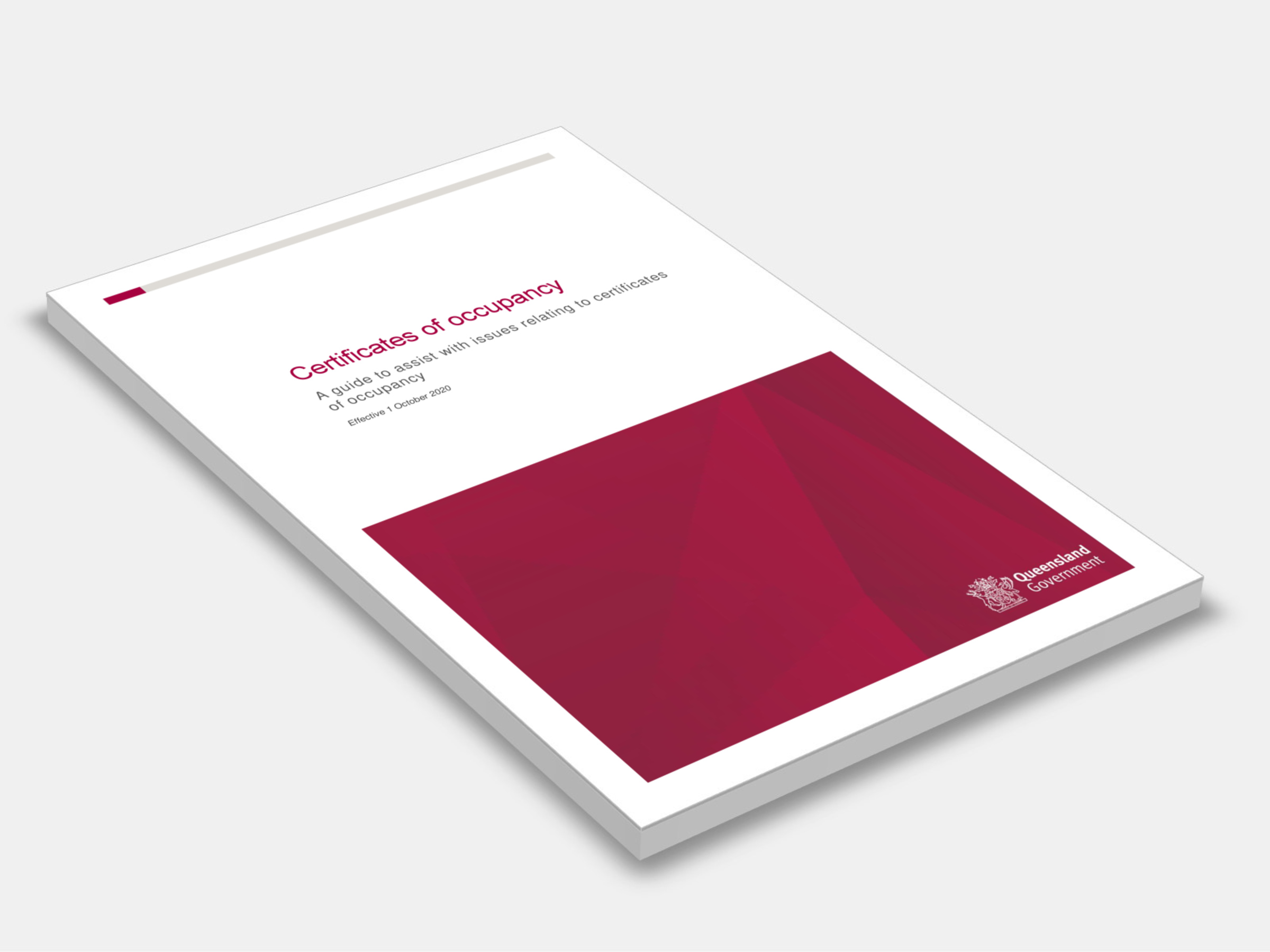
Type
Publisher
Queensland Government
Publisher
Queensland Government
Version:
2020.
(Current)
Short Description
Provides guidance to local governments, building certifiers, building owners and other stakeholders about information to be included in a Certificate of Occupancy (CofO), formerly referred to as a Certificate of Classification (CofC) and where these certificates should be displayed.
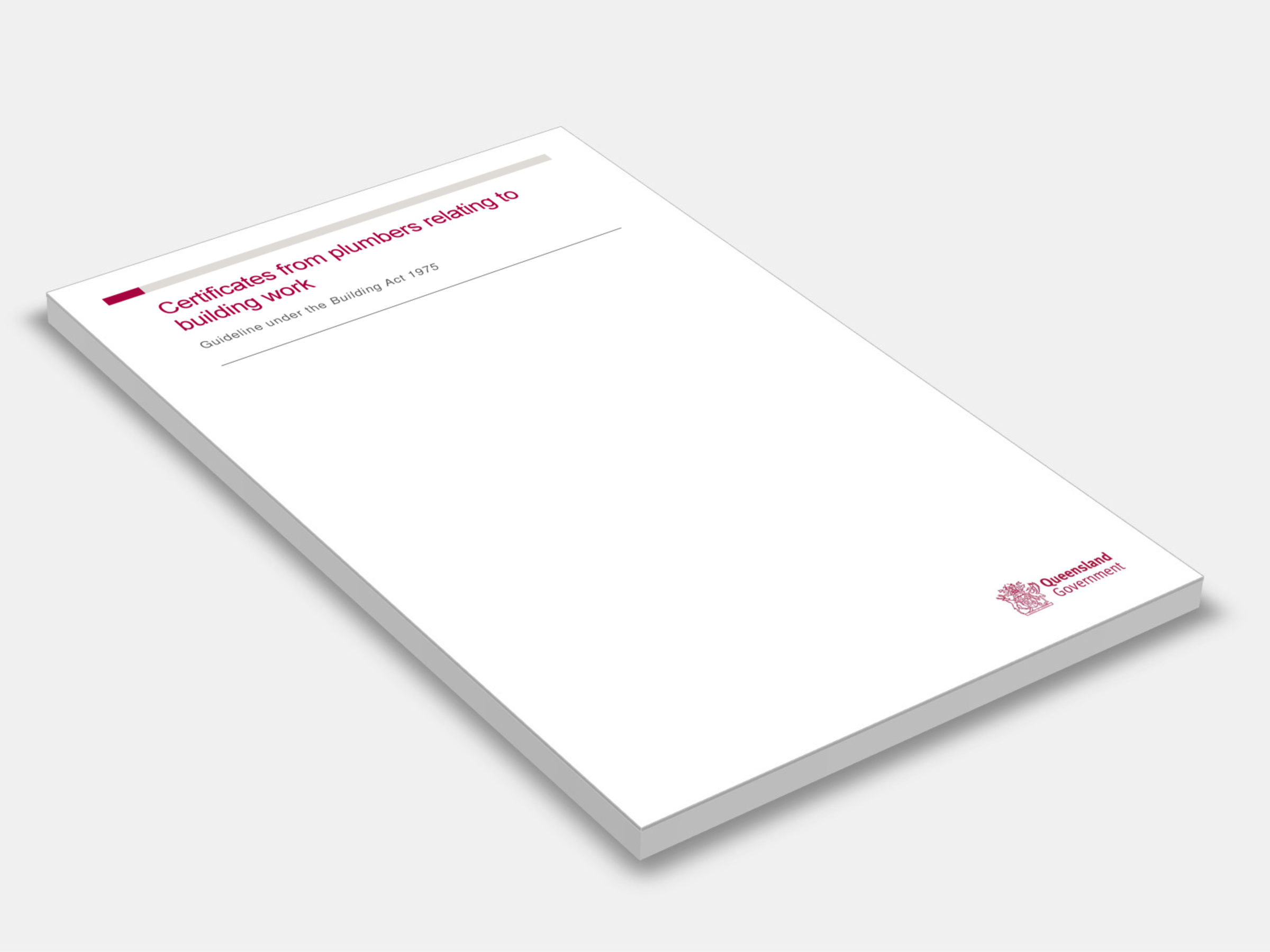
Type
Publisher
Queensland Government
Publisher
Queensland Government
Version:
2019.
(Current)
Short Description
Guideline under the Building Act 1975.
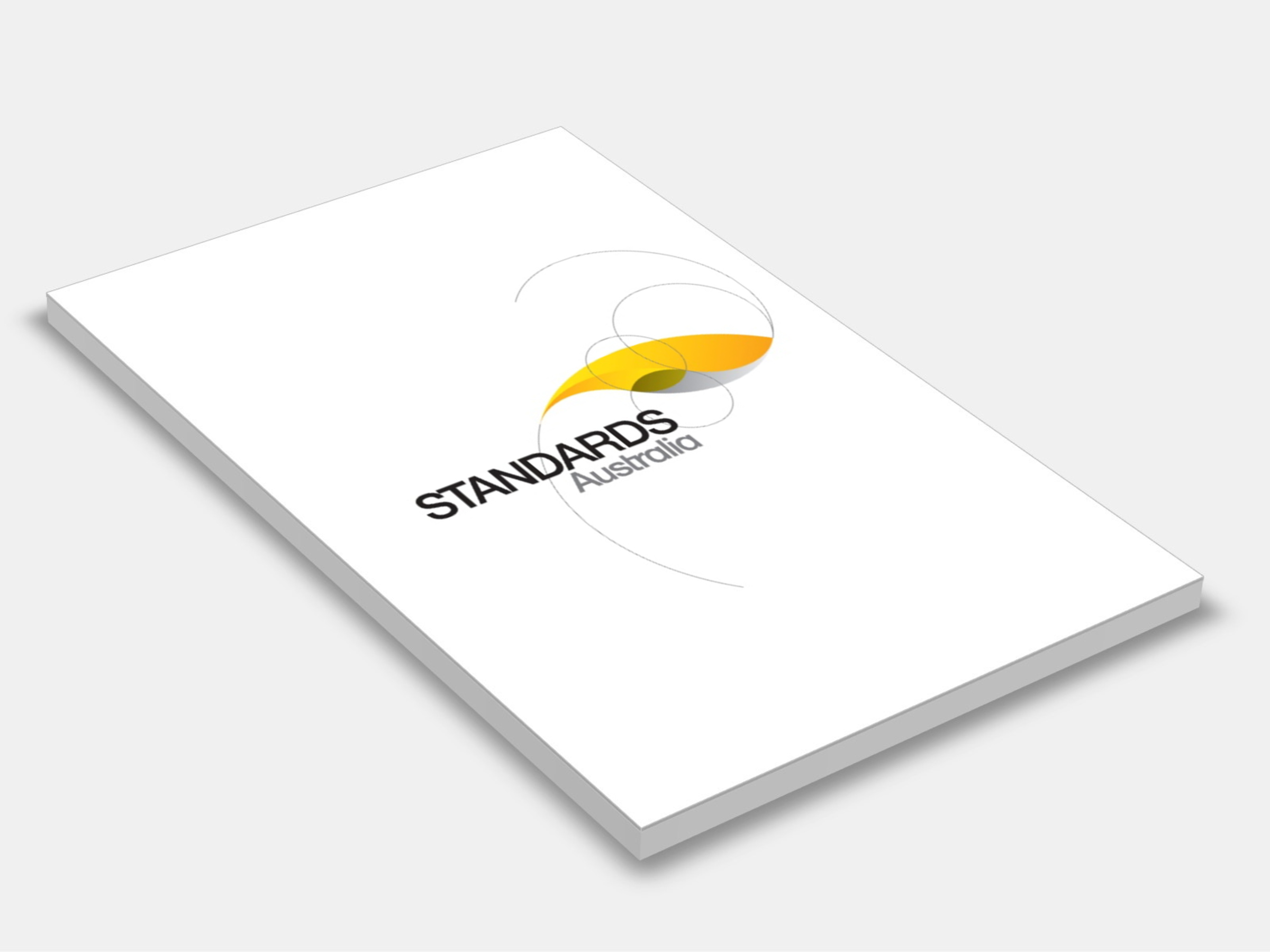
Type
Publisher
Standards Australia/Standards New Zealand
Publisher
Standards Australia/Standards New Zealand
Version:
Fourth Edition 2014.
(Current)
Short Description
Sets out requirements and recommendations for the safe storage and handling of LP Gas, in cylinders and bulk tanks.
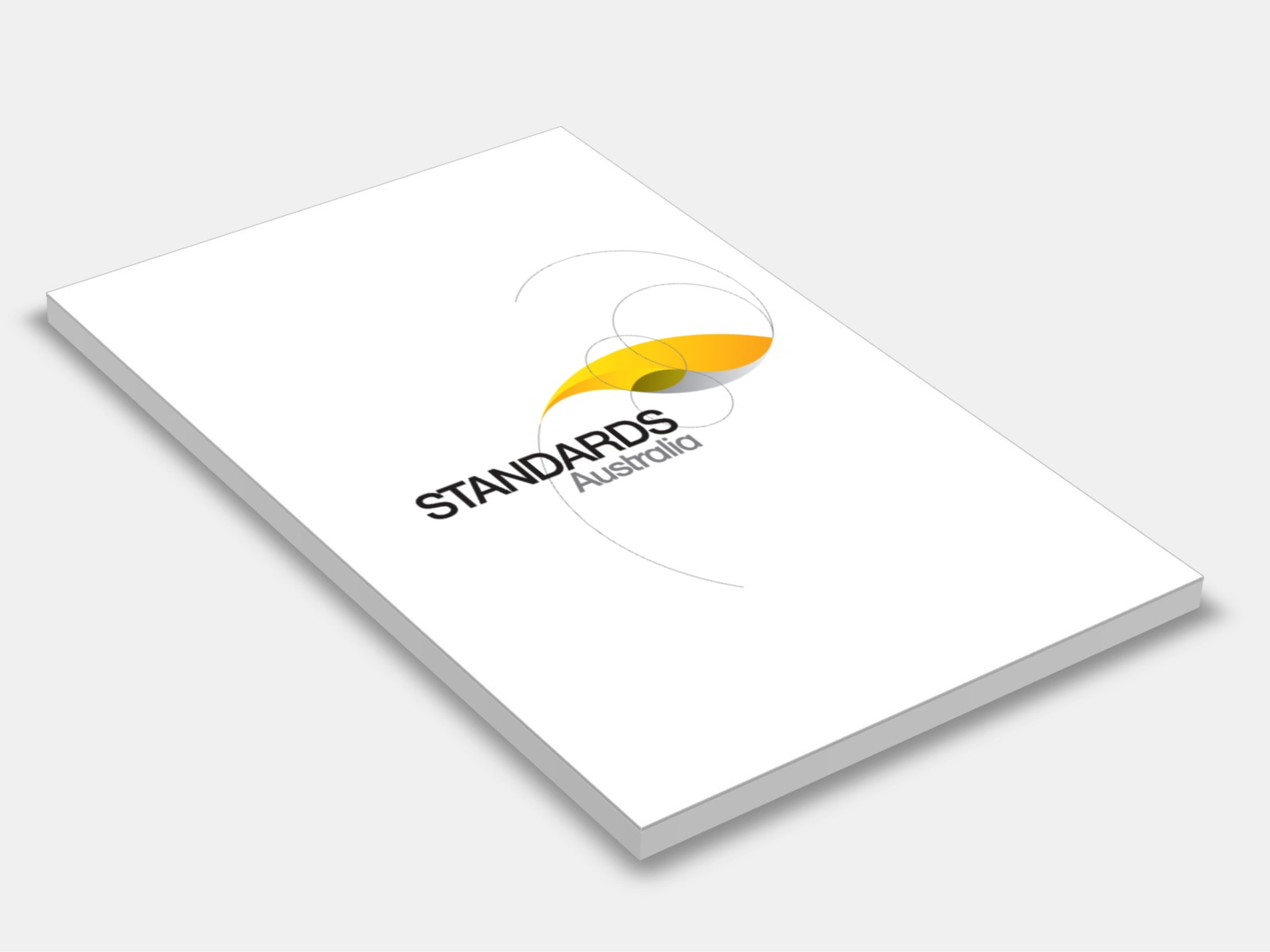
Type
Publisher
Standards Australia/Standards New Zealand
Publisher
Standards Australia/Standards New Zealand
Version:
First Edition 2006.
(Pending Revision)
Short Description
Provides general principles and recommendations for the lighting of building interiors to enhance the performance and comfort of those performing visual tasks; deals with illuminating essential task details, using both artificial light and daylight, while controlling or excluding factors that might cause visual discomfort.
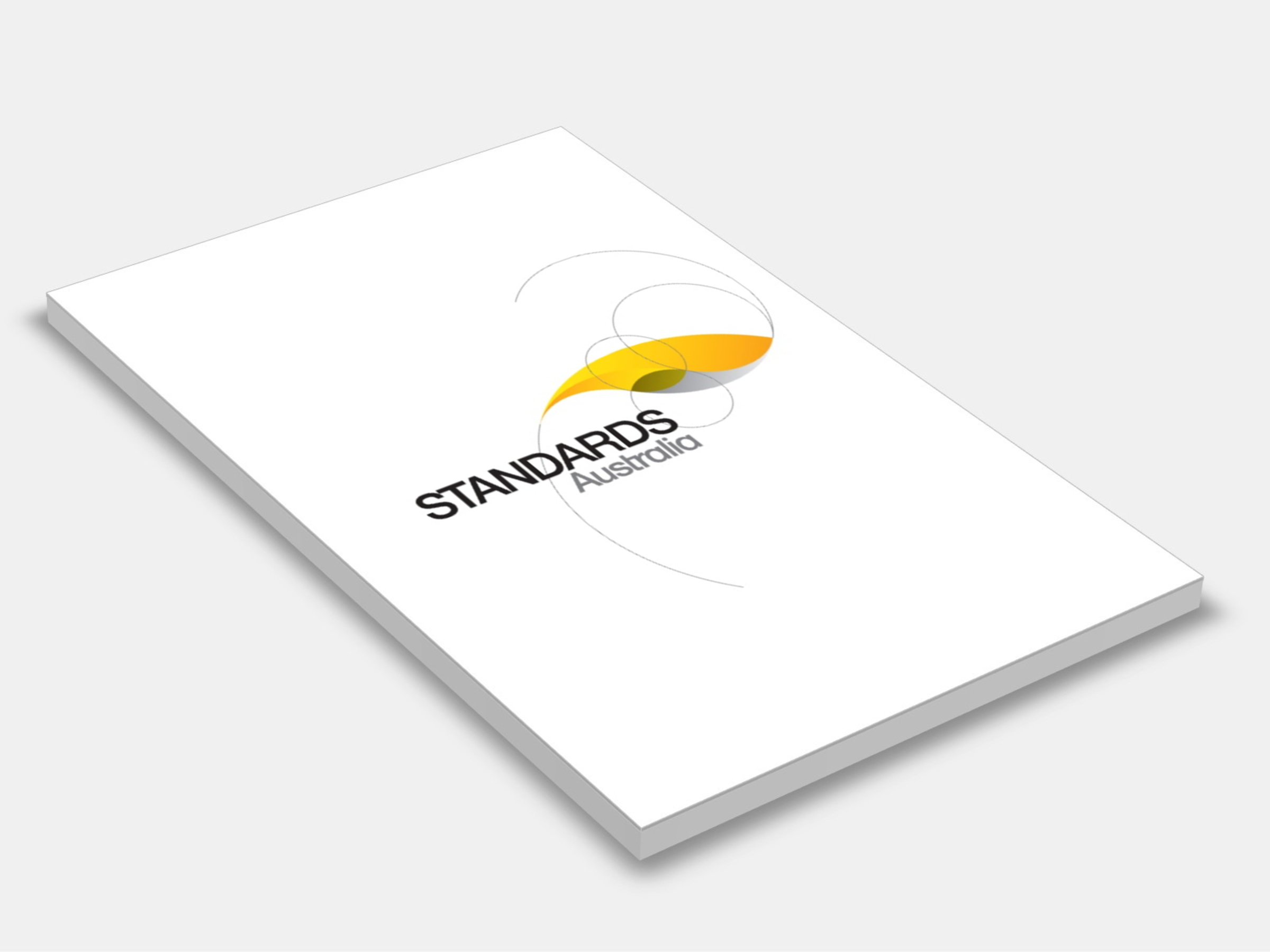
Type
Publisher
Standards Australia/Standards New Zealand
Publisher
Standards Australia/Standards New Zealand
Version:
Fourth Edition 2021.
(Current)
Short Description
Sets out the requirements for the design, installation and commissioning of heated water services using drinking water or rainwater or a combination thereof; includes aspects of the installation from, and including, the valve(s) on the cold water inlet to any cold water storage tank or water heater and the downstream fixtures and fittings; applies to new installations as well as alterations, additions and repairs to existing installations.
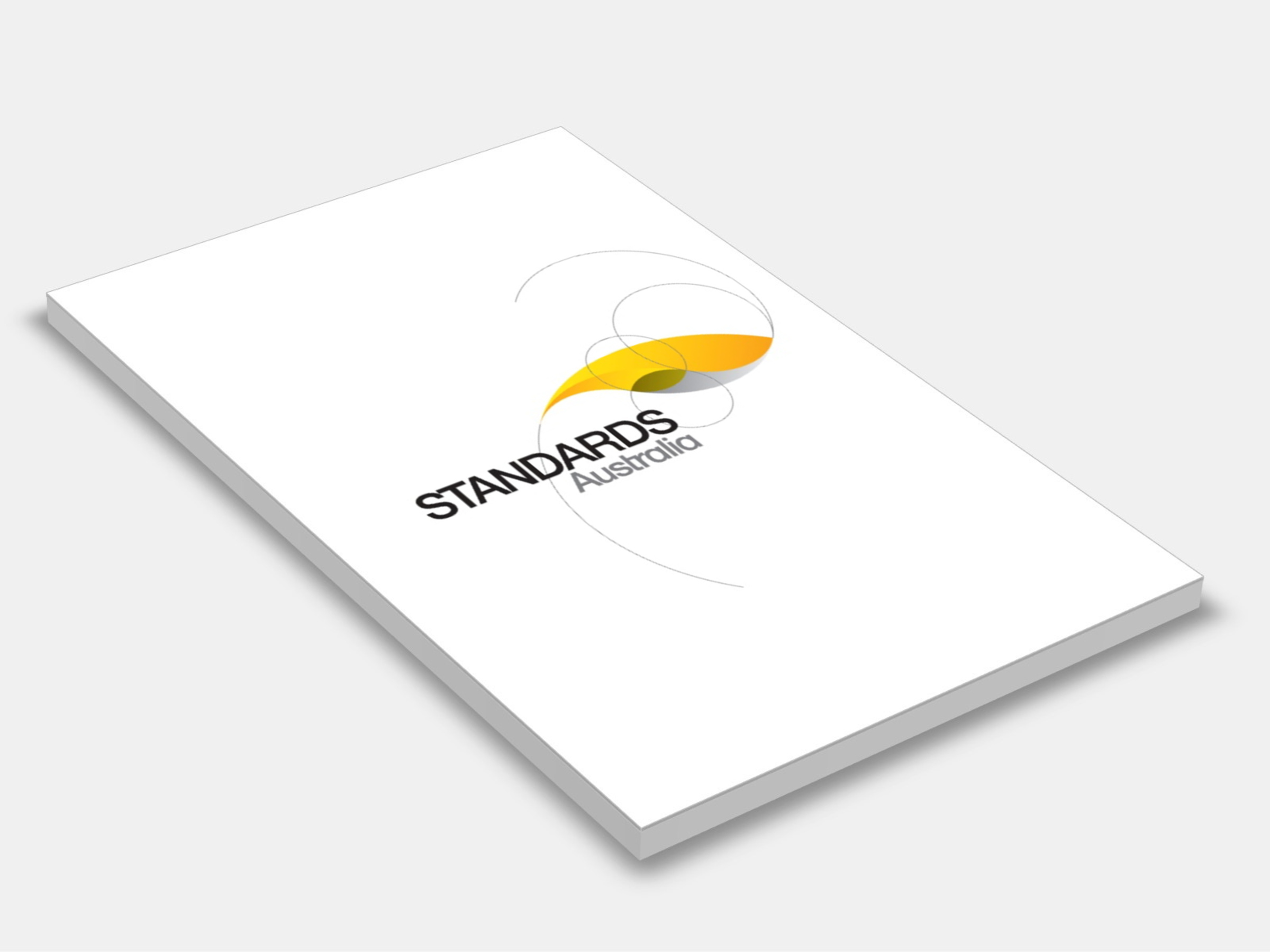
Type
Publisher
Standards Australia/Standards New Zealand
Publisher
Standards Australia/Standards New Zealand
Version:
First Edition 2008.
(Pending Revision)
Short Description
Sets out recommendations for the lighting of offices and similar tasks, including screen-based tasks. While the tasks may be commonly performed in interiors called offices’, they may also be performed in other interiors; for example, reading, writing and screen-based tasks frequently occur in most types of interior workplaces.